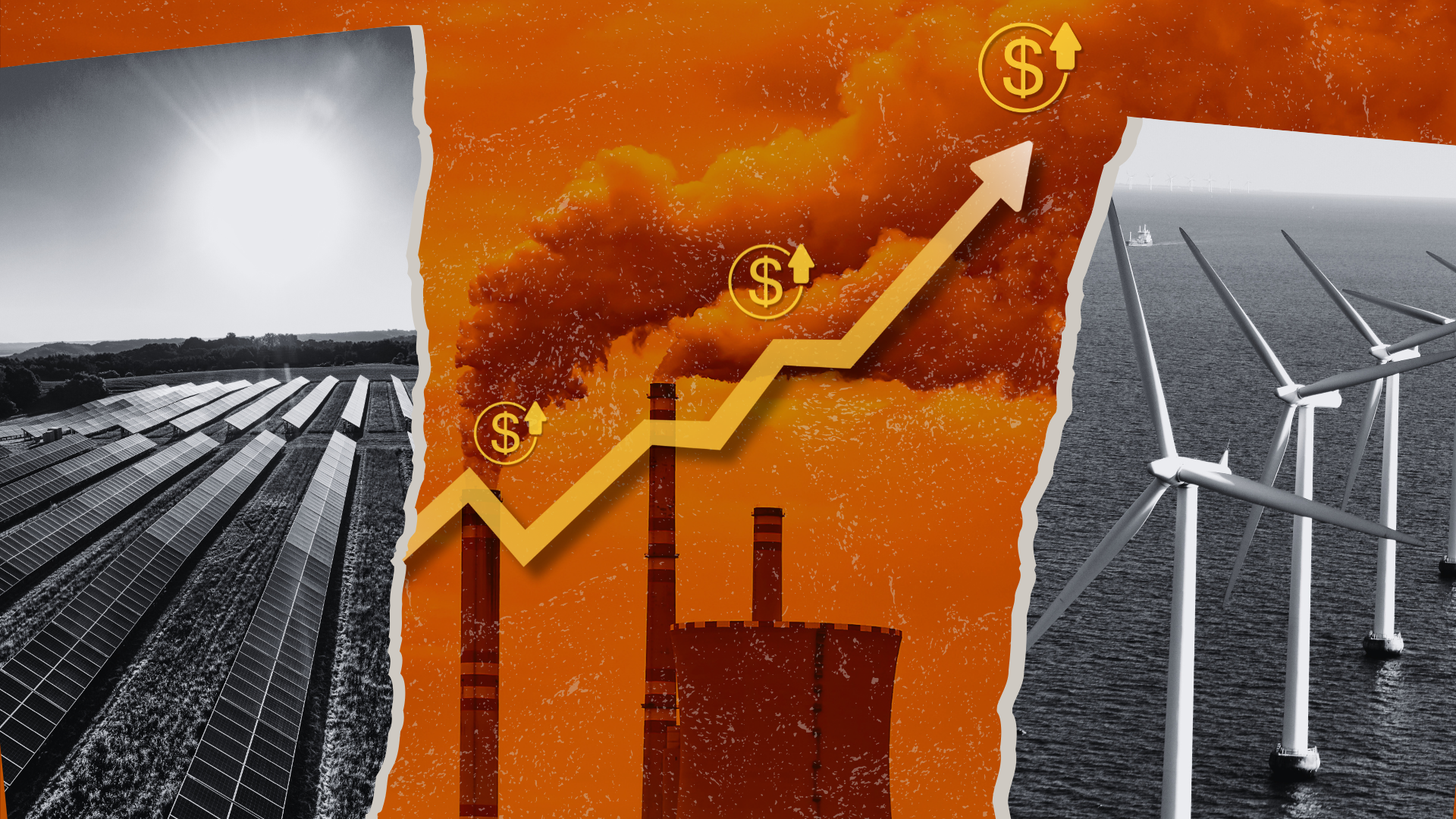Tips for Cleaner Driving
Okay, you drive a car – you have to drive a car. You also care about climate change, and want to do something about it. You could buy a more fuel efficient car, but you like the car you have and you’re not planning on car shopping soon. Is there anything you can do? You bet! Smart driving and maintenance of your existing car can have a bigger impact than you might think – and also can save you money.
- If you’re a car clutterer, clean out your back seat and trunk. The more your car weighs, the more gas that’s required to move it. Hauling an extra 100 pounds in your vehicle reduces fuel economy by up to 2 percent. Place luggage inside the car or trunk, rather than on the roof, to minimize drag and increase mileage.
- Don’t idle. If you’ll be sitting for a while, turn off your engine (unless you’re in traffic). The amount of gas it takes to idle often can be more than it takes to restart the car. In olden days, cold cars in winter needed a period of idling to warm up. This is no longer true.
- Don’t make unnecessary trips. If your neighbor works near where you work, carpool. Use public transportation if it’s available. Do all your errands at once, instead of making separate trips into town for each one. Cutting a 20 mile trip out of your schedule each week can reduce your global warming pollution by more than 1,200 pounds a year, and save you over $100 on gas.
- Avoid stop-and-go driving. Don’t drive into areas that you know will be jammed with traffic, and avoid rush hour traffic. This will save you time and aggravation as well as gas money. Rapid acceleration and braking can lower gas mileage by as much as 33 percent on the highway and 5 percent in town. An aggressive driver uses an extra 125 gallons of gas each year – more than $250 out of your wallet.
- Consider obeying the speed limit. The faster you drive, the more gas you burn. Frequent changes in speed also burn more gas. In highway travel, exceeding the speed limit by a mere 5 mph reduces fuel economy by 6 percent. This tip will also save you money on speeding tickets!
- Keep your car well maintained. Change your oil regularly, and bring your car into the shop if you hear strange noises. Cars burn less gas when they’re operating as designed. A well-maintained car can save 165 gallons of gas per year – a potential savings of $380.
- Keep your tires properly inflated. Properly inflated tires save gas because less tire touches the road, producing less friction (plus they’re safer than over- or under-inflated tires). According to a recent DOT study [PDF], more than a quarter of automobiles and a third of light trucks have one or more under-inflated tires. Of the 130 billion gallons of fuel used by these vehicles in 2005, about 1.2 billion gallons were wasted as a result of driving on under-inflated tires.
- Use air conditioning on the highway, and open the windows in town. If you aren’t going very fast, turning on the air conditioning will increase your gas usage, and you’re better off opening a window. Air conditioning can decrease your fuel efficiency by as much as 12 percent in stop-and-go traffic. But if you’re on the highway, opening a window produces significant wind resistance, so using the air conditioner burns less gas.
These simple suggestions (see our video) will lower your fuel costs as well as your greenhouse gas emissions, and they are all things you can start doing today!
And of course, do use public transportation or bicycles when you can.












3 Comments
I’m turning my 1990 Lexus LS400 into a hybrid. Well sort of. I’m doing the water for Gas thing. I am making 4 electrolizers. im starting out with 18-23 mpg. I guess that that is good for a V8 these days. I want 30 or more…
http://water-for-gas-reviews.com/
I’ve had good luck so far using the guide at http://use-water-for-gas.blogspot.com to increase my gas mileage. My ’05 Hyundai has gone from 28MPG to right at 39MPG!
Was very satisfy to find this blog.I wanted to thank you for this great read!! I absolutely glad every little bit of it and I have bookmarked to check out new stuff you post.